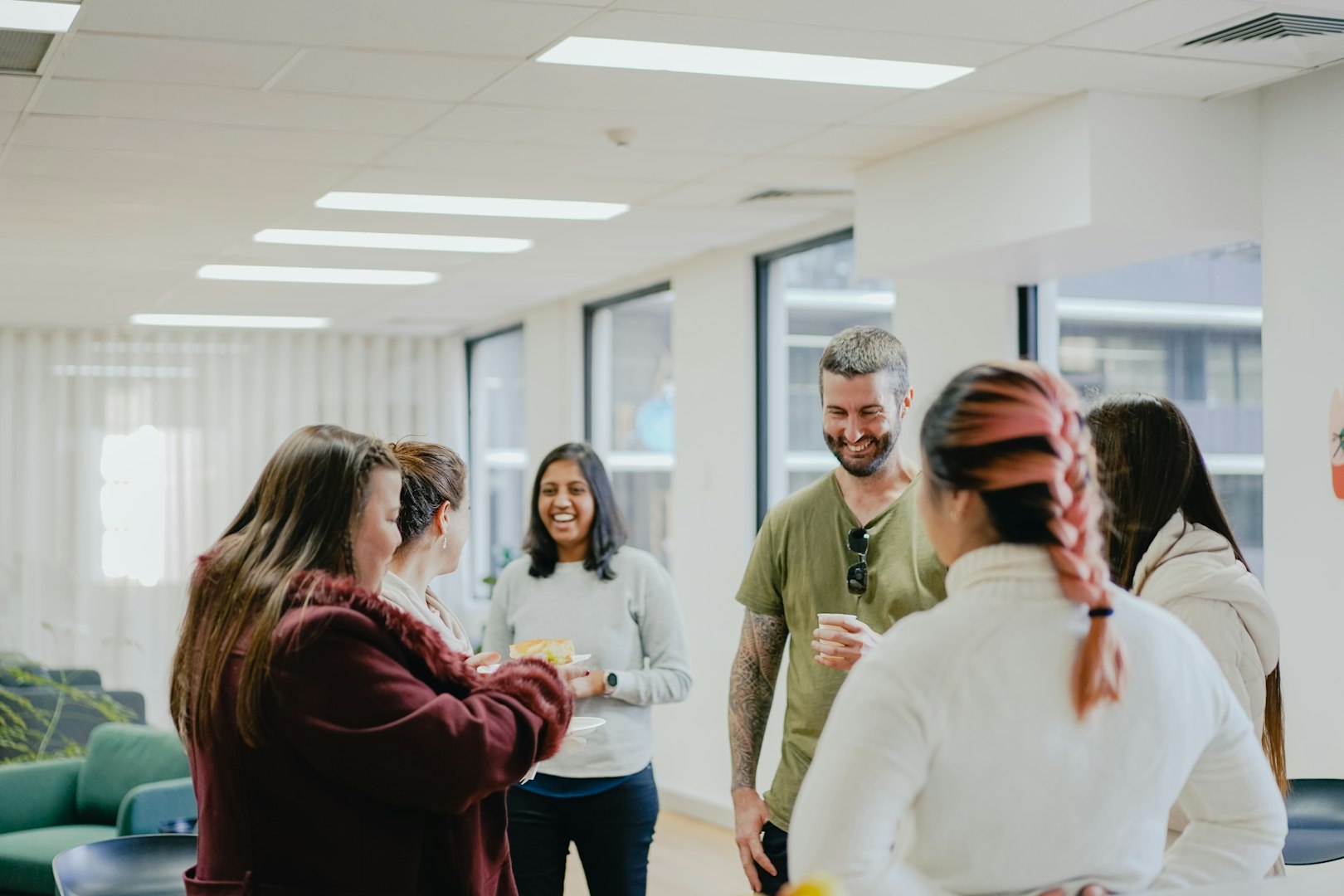ShareTeam is on a mission to solve healthcare's most wicked challenges
Turn your stories into solutions.
Everyone who receives healthcare, works in healthcare, or does business with healthcare has something to say about their experiences. Good and bad. These "stories" are typically shared as part of day-to-day conversations with families, friends and co-workers.
ShareTeam creates communities from the people engaged with the healthcare organizations we target. We invite the conversations they're already having onto our platform. We apply leading-edge methodologies to expose valuable and actionable insights. Then we add in some engagement to facilitate some wise actions to finally make meaningful progress against those problems that never seem to go away.
Your stories can help make healthcare's stickiest problems disappear. Are you ready to share?
The ShareTeam Process & Platform
Tell me more
What are wicked challenges?
Wicked (or sticky) challenges are a special category of problem. They're difficult or impossible to solve because of one or more contributing factors such as:
containing high levels of complexity
driven by constantly changing conditions, or
stalled because the people seeking to solve a problem are also part of its cause.
There are a lot of wicked problems to be solved in healthcare. ShareTeam is beginning its journey by prioritizing efforts around the following:
Physician / Advanced Practice Provider dissatisfaction and burnout driving increased staffing shortages, impacting access to and quality of care.
Nursing / allied staff dissatisfaction and burnout driving increased staffing shortages, impacting access to and quality of care.
The illusion of high quality care created through measures such as the Centers for Medicare & Medicaid Services Five Star Quality Rating System at facilities where actual experiences reflect otherwise.
How does this work?
"Storytelling" lies at the heart of the ShareTeam platform.
Most of us share life experiences on social media every day. Most of us have also responded to a poll or survey. ShareTeam "storytelling" is like a marriage between a social media post and a short survey.
We collect and connect experiences across an entire healthcare system, creating a 360 degree view of its true landscape. We continuously interrogate these stories across multiple layers in search of "interesting" connections and patterns.
Communities are also central to our process. The discoveries and insights produced by this process are shared with relevant communities for continuous learning, and wise actions facilitated to finally start solving the problems that never seem to go away.
Why does it matter?
By collecting hundreds, thousands, and even hundreds of thousands of experiences from people across the entire healthcare landscape, we can begin exposing truths and exploring solutions in previously unimaginable ways.
Powerful patterns of meaning -- contributing to both desirable and undesirable outcomes -- suddenly become visible, along with the rich context behind them. The insights generated from revealing these previously hidden patterns are used to make better informed decisions and actions.
How is this different from surveys?
Traditional surveys gather answers to specific questions. They don't gather the context behind those answers. Even the best-designed survey questions can be interpreted differently by different people (or even differently by the same person at different times). This makes it extremely challenging to evaluate why people have chosen their responses. The ShareTeam approach is different in a number of ways.
First, people are invited to share experiences already meaningful to them (as opposed to soliciting an opinion or answer to a specific question without context).
Second, we ask clarifying questions to hone in on specific meanings behind these stories (the why). These clarifying questions are typically tied to discovering suspected conditions and characteristics relevant to shaping the outcomes people are experiencing. This is game-changing on so many levels.
Finally, and perhaps most significantly, our community framework enables everyone involved to track the "story to solution" timeline, actually measuring the impact of chosen actions against the desired outcomes the community, itself, has articulated and prioritized.
Is there a science behind this process?
ShareTeam is powered by a number of methodologies and scientific processes, ranging from the life's work of reknowned sociologists and organizational behaviorists like Brenda Dervin and Karl Weick to leading figures in complexity sciences like Glenda Eoyang and Dave Snowden.
The technology platform we use to gather stories and facilitate various analytical techniques is powered by Spryng.io, a software and services company headquartered in Atlanta, Georgia.
Is there more to this than just sharing stories?
Yes, our ability to turn stories into solutions depends upon building communities around the health systems we choose to support. We engage the community around themes and insights. We promote pointed conversations and explorations from story excerpts. We monitor and report on the effectiveness of actions that are taken to shape different conditions and outcomes.
ShareTeam communities are also the primary vehicles through which more active partnerships with healthcare systems emerge. Active partnerships can be viewed as a version of ShareTeam on steroids. Wicked good stuff.








